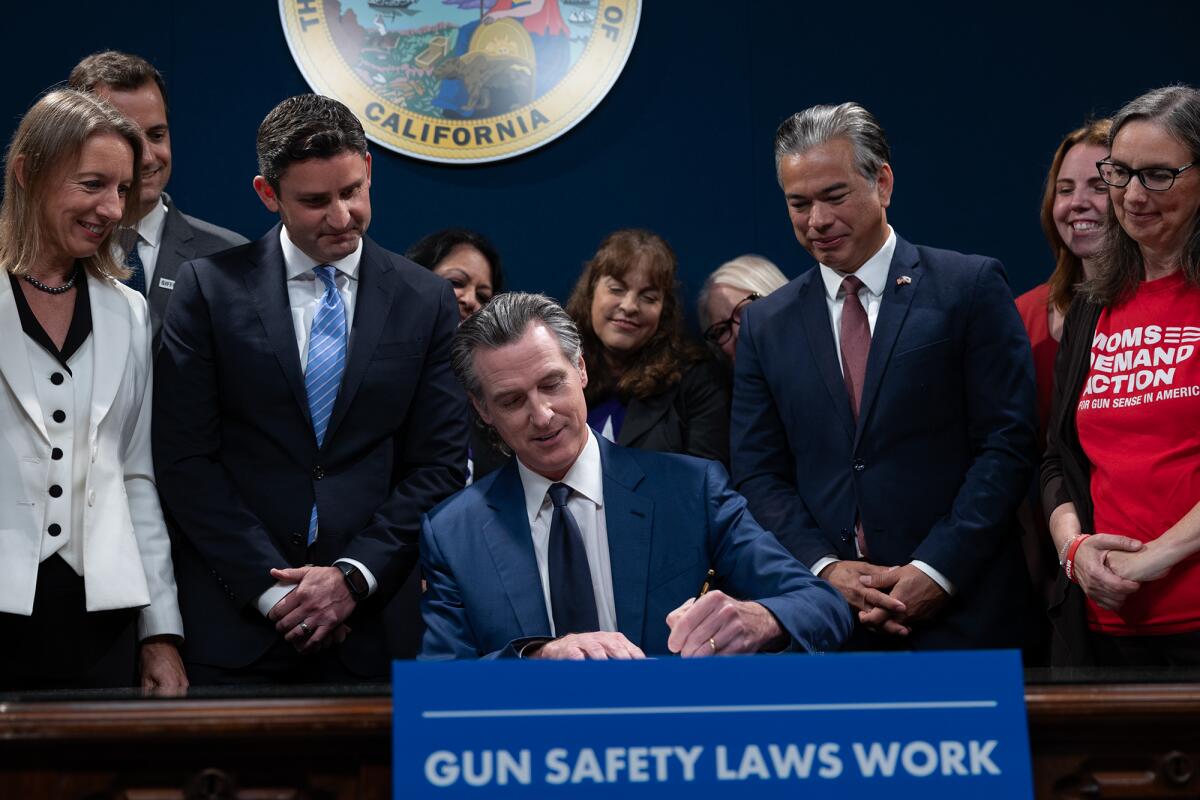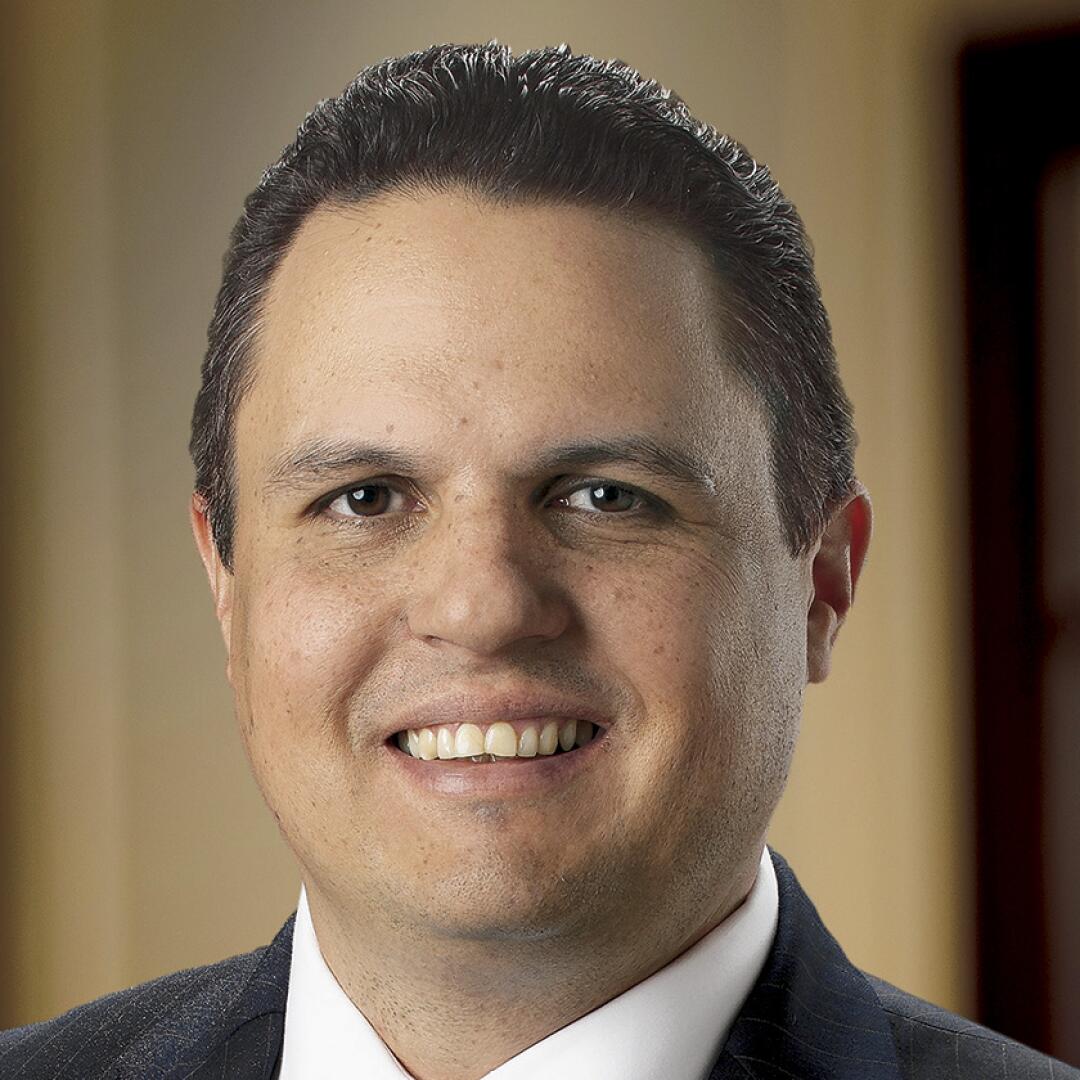
In Kern County, California, shovels hit the ground on October 16, 2025, marking a turning point for carbon management on the West Coast. California Resources Corporation (CRC) and Brookfield officially launched construction on Carbon TerraVault I (CTV I), the state's first commercial-scale carbon capture and storage project. The ceremony brought together state regulators, local officials, and industry leaders at the Elk Hills Field, signaling that California's carbon storage ambitions are moving from blueprints to reality.
CTV I will store up to 1.6 million metric tons of CO₂ annually, with a total capacity of 38 million metric tons in the 26R reservoir. First injection is scheduled for early 2026. This timeline puts California ahead of several other states competing to establish commercial CCS infrastructure, particularly as federal funding for carbon removal projects faces mounting uncertainty.
>> RELATED: Plan to Build California’s First Carbon Removal and Storage Project Gets a Big Boost

From Permits to Pavement
The project didn't just clear regulatory hurdles—it demolished them. CTV I became the first facility in California to receive final Class VI permits from the U.S. Environmental Protection Agency. These permits set the gold standard for carbon sequestration, requiring rigorous evaluation to ensure long-term safety and containment. The Kern County Board of Supervisors also gave the project unanimous approval, clearing local regulatory pathways that have stalled other carbon storage initiatives.
The partnership between CRC and Brookfield formed the Carbon TerraVault Joint Venture, with CRC holding 51% and Brookfield owning 49%. Brookfield brings its institutional investment muscle, while CRC contributes decades of subsurface expertise from oil and gas operations. That combination proved essential for navigating California's complex permitting landscape and securing the infrastructure needed to move forward.

"Today's groundbreaking is the result of years of vision, planning and collaboration. CTV I is just the beginning — we're proud to lead the way in building California's carbon management economy and deploying proven carbon solutions at scale."
Francisco Leon, President and CEO, California Resources Corporation
Why Elk Hills Makes Sense
Location matters in carbon storage, and Elk Hills checks the right boxes. The site sits on existing oil and gas infrastructure, including wells, pipelines, and monitoring equipment that can be repurposed for CO₂ injection. This dramatically reduces capital costs compared to greenfield projects. The geology is well-mapped from decades of energy production, giving engineers detailed subsurface data that's essential for safe, long-term carbon storage.
Depleted oil and gas reservoirs make ideal storage sites because they've already proven they can trap fluids for millions of years. The 26R Monterey Formation reservoir at Elk Hills has the right combination of porosity for holding CO₂ and cap rock to prevent leakage. CRC's decades of operational experience at this site provides confidence that injection and monitoring can be managed safely.

Following the Carbon Pipeline
CTV I will initially capture CO₂ from CRC's own operations, including the Elk Hills cryogenic gas plant. But the real business model extends beyond self-capture. The facility is designed to accept third-party carbon from industrial emitters across California, positioning Carbon TerraVault as a service provider for hard-to-decarbonize sectors like cement, power generation, and chemicals.
California recently passed legislation enabling CO₂ pipelines, which will be critical for connecting capture facilities to storage sites. CTV I is positioned to become an anchor point in California's emerging carbon transport infrastructure. As more industrial facilities add capture equipment, they'll need somewhere to send that CO₂, and CTV I offers permitted, operational storage capacity.
The Federal Credit Factor
The economics of carbon storage rely heavily on the federal 45Q tax credit, which provides up to $85 per ton for CO₂ stored in saline formations and $60 per ton for storage in oil and gas reservoirs. These credits can be transferred to investors, allowing project developers to monetize them even if they don't have sufficient tax liability. This transferability mechanism has proven essential for getting CCS projects to final investment decision.
California also offers its own incentives through the Low Carbon Fuel Standard and Cap-and-Invest programs. These state-level mechanisms create additional revenue streams that aren't dependent on federal policy shifts. Combined with voluntary carbon markets, CTV I has multiple pathways to generate revenue from stored carbon.
Community Benefits and Local Support
Kern County has been an energy hub for over a century, and CTV I represents the latest chapter in that story. The project is expected to create construction jobs during buildout and permanent technical positions once operational. CRC has committed to a Community Benefits Plan that includes workforce development programs in partnership with local colleges and training centers.
Local officials have embraced the project as a way to maintain the region's energy economy while transitioning to lower-carbon operations. Taft Mayor Dave Noerr highlighted the area's history of energy innovation, noting that carbon storage represents a continuation of that legacy rather than a departure from it.

"CTV I represents a major step in California's CCS leadership, one where innovation and opportunity go hand in hand. This project proves that we don't have to choose between good jobs and clean air – we can have both."
Dr. Steven Cliff, Executive Officer, California Air Resources Board
California's Broader Carbon Strategy
CTV I doesn't exist in isolation. It's part of California's comprehensive approach to carbon management that includes direct air capture, industrial point-source capture, and carbon utilization projects. The California Air Resources Board has set targets of capturing 20 million metric tons of CO₂ annually by 2030 and 100 million metric tons by 2045.
Meeting those targets will require multiple storage facilities beyond CTV I. CRC has submitted seven additional Class VI permit applications to the EPA, representing about 287 million metric tons of potential storage capacity. The company has identified up to 1 billion metric tons of CO₂ storage potential across California's depleted oil and gas fields.
>> In Other News: US Helps Sink World’s First Global Carbon Tax After Threatening Sanctions Against Countries Supporting It

What Happens Next
Construction work at CTV I will focus on installing injection wells, monitoring equipment, and compression facilities. The project will use CRC's existing infrastructure where possible, but new equipment is needed to handle the specific requirements of CO₂ injection. Engineers will monitor reservoir pressure, injection rates, and subsurface movement to ensure the stored carbon remains permanently sequestered.
Once operational, CTV I will serve as a proving ground for commercial-scale carbon storage in California. The data collected from this project will inform permitting, design, and operations for future facilities. Success here could accelerate deployment across the state and attract additional private investment into California's carbon management sector.
The race to establish carbon storage infrastructure is intensifying across North America. Texas, Louisiana, and Wyoming are all advancing major projects, while Canada's Alberta province has established significant storage capacity. California's move with CTV I demonstrates that state-level policy and private investment can drive carbon management forward even amid federal uncertainty. For industrial emitters looking to reduce their carbon footprint, the message is clear: storage solutions are becoming real, operational, and ready to accept CO₂.
Subscribe to the newsletter
Daily decarbonization data and news delivered to your inbox
Follow the money flow of climate, technology, and energy investments to uncover new opportunities and jobs.
Companies
Latest issues
-
The Three-Continent Move That Redefines SAF
Wishing everyone a restful holiday season.🎄🎅🎁 Inside this Issue ✈️ Cathay Goes Global With SAF in Three-Continent Fuel Deal 🧪 Proton Ventures Partners With Barents Blue For Realization Of The Bar...
-
Can One Truck Fix Hydrogen’s Biggest Problem?
Inside This Issue 🚛 Alberta's Shared Truck Model Could Crack Hydrogen Adoption ✈️ ZeroAvia Completes Financing Round 🌾 Frontier And NULIFE Scale New Biowaste Carbon Removal Approach 🔥 WAGABOX® Of ...
-
North America’s Carbon Removal Year in Review: Winners, Losers, Surprises
Inside This Issue 🌎 North America's Carbon Removal Year in Review: The Deals, Policies, and Milestones That Shaped 2025 🚢 Hapag-Lloyd And North Sea Container Line Win ZEMBA Second E-Fuel Tender 🪨 ...
Company Announcements
-
ClimeFi Announces New 85,000 Tonne Procurement Round
In its latest procurement round, ClimeFi has enabled more than US$18m in durable carbon removal purchases across eight removal pathways: Biochar, Bioenergy with Carbon Capture and Storage (BECCS), ...
-
Vallourec, a world leader in premium seamless tubular solutions, and Geostock, a global specialist in underground storage of energy, have signed a Memorandum of Understanding (MoU) to strengthen th...
-
CMA CGM, DHL Step Up Ocean Freight Decarbonization with Biofuel Deal
DHL Global Forwarding and shipping group CMA CGM have agreed to jointly use 8,990 metric tons of second-generation biofuel to reduce emissions from ocean freight. The initiative is expected to cut...
-
Next-Generation Gas Turbine Control System For Thermal Power Plants Completes Functional Testing
Integration of Mitsubishi Power's control technology with Mitsubishi Electric's high-speed data processing technology Supports rapid load adjustments and diverse fuels including hydrogen Tokyo, ...